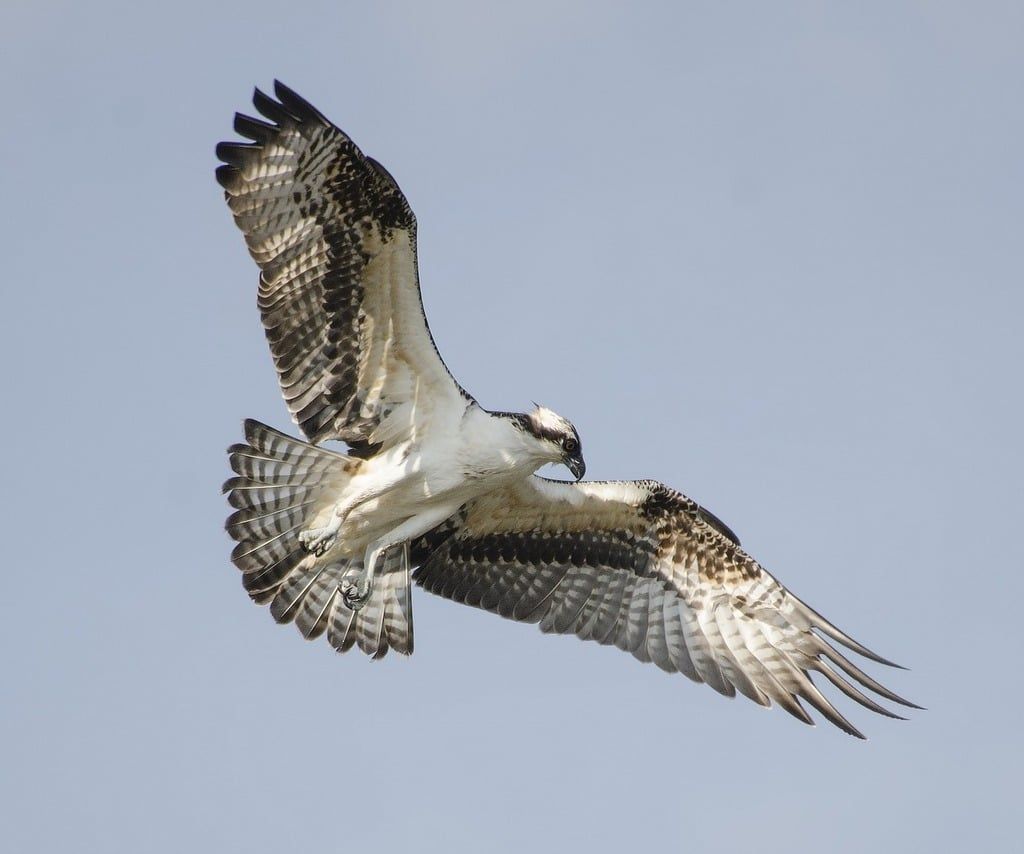Kielder
The sheer variety of habitats in Kielder Water & Forest Park, from woodland to marshy grasslands and bogs, create homes for a whole host of wildlife.
Forest, lake and moor.
Explorers can expect to encounter badgers, roe deer, otters, shrews, seven species of bat, many woodland birds and (especially in spring) birds of prey, including goshawk, sparrowhawk, buzzard, kestrel, merlin and osprey in spring / summer.
The Park is also home to around 50% of England’s native red squirrel population, the last remaining stronghold in the country. The best place to catch a glimpse of one is at the red squirrel hide at Leaplish Waterside Park.
Best places to spot wildlife in the Park:
1) Kielder Castle - the walking and cycling routes in the surrounding forest, including Deadwater Fell, offer breathtaking views and you are certain to encounter wildlife. Bats can spotted entering the castle at dusk and barn owls live close by. There are several bird and squirrel feeding stations here too. spotted flycatcher, great-spotted woodpecker, siskin and crossbill.
2) Forest Drive - a spectacular 12 mile drive from Kielder Castle to Blakehopeburnhaugh on the A68. One of England's highest roads, cresting over 1,500 feet, the views over Northumberland are breathtaking. Expect occasional encounters with roe deer at dusk and dawn, feral goats and birds of prey. Two miles along the drive from Kielder Castle is a wildlife hide overlooking a scenic pond where waterfowl are commonly sighted. (The Forest Drive is a toll road and is open from Easter to Christmas).
3) Kielder Dam Wall - near the village of Falstone the dam wall holds back over 44 thousand million gallons of water and is home to brown and rainbow trout. Oystercatchers are frequently sighted from the dam wall and badgers have been seen here at dusk
4) Falstone Moss - one of our lesser know gems! This blanket bog is an excellent place to see important invertebrate species such as the common blue damsel fly, emerald damselfly, common hawker and black darter. You may also see meadow pipits and adders – contrary to popular belief, adders only bite when threatened
5) Leaplish Waterside Park - The Beeches Trail offers stunning views of the reservoir with common sightings of native red squirrels, especially at the squirrel hide where you can also see a variety of woodland birds. The Kielder Water Birds of Prey Centre is open all year round except Christmas Day. A newly developed wildlife garden is open all year round and comprises both a raised pond and butterfly shaped bed, bog and drought garden and nest box demonstration area. Adders, butterflies, stoats and amphibians inhabit the garden
6) Bakethin Raptor Viewpoint - a great bird watching spot. A couple of hours here and you might see impressive birds of prey such as goshawks, buzzards or ospreys
7) Bakethin Conservation Area - the wildlife pond located on the track to the bird hide holds a multitude of species including newts, damselflies, dragonflies, toads and frogs. The hide is a great place to see wading birds, herons, cormorants and ducks as well as otters at dawn and dusk
Try any newly planted area for whinchat (main pic) which prefer the higher ground away from the centre
.
Birds you may hear at Kielder
An all year site, but at it's most interesting March -May. Conifer plantations will hold breeding crossbill (parties in winter). Goshawk like to display on windy days in March, after which, they become very secretive.



